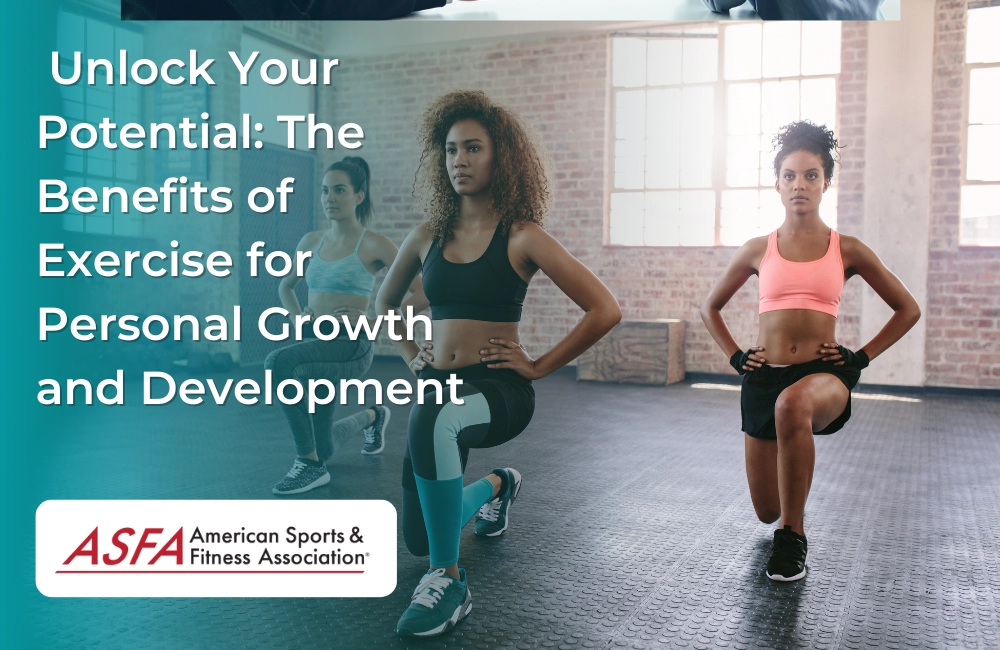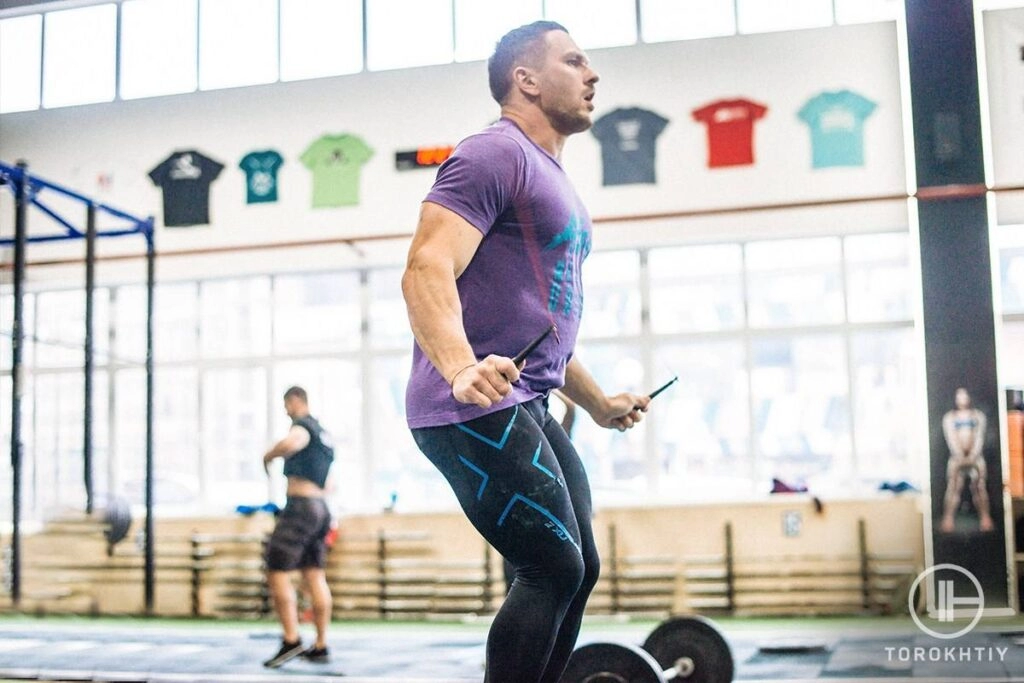Height Growth Genetic Factors and Environmental Influences
Height growth is a complex process influenced by both genetic factors and various environmental influences. Your genes primarily determine your potential height, as they dictate the size and length of your bones inherited from your parents. However, environmental factors like nutrition, physical activity, and overall health play a crucial role in helping you reach that genetic potential.
The Role of Growth Plates in Bone Development
At the center of height increase are the growth plates, also known as epiphyseal plates, located at the ends of long bones. These plates are made of cartilage and are responsible for bone lengthening during childhood and adolescence. During puberty, the growth plates gradually harden and close, signaling the end of natural height increase. Once growth plates close, bones no longer lengthen, making the timing of peak growth periods critical.
How Nutrition and Overall Health Impact Height
While genetics set the foundation, nutrition and health are vital to maximizing height potential. Key nutrients like calcium, vitamin D, protein, and zinc support bone growth and maintenance. Poor nutrition or chronic illnesses during childhood and adolescence can limit growth even if the genetic potential is high.
Good overall health practices that affect height include:
- Balanced diet rich in calcium, vitamin D, and protein
- Regular physical activity to stimulate bone development
- Adequate sleep to support growth hormone release
- Avoiding factors that stunt growth such as smoking and excessive stress
Understanding this interplay between genetics, growth plates, and health helps clarify why some people grow taller naturally while others may not, regardless of their physical activity levels or exercise routines. This foundation is essential when considering whether activities like jump rope can influence height growth.
For more insights into how exercise supports overall growth and development, visit our jump rope exercise routine.
The Role of Exercise in Growth and Development

Exercise plays an important role in overall growth and development, especially during childhood and teenage years. Regular physical activity supports healthy posture, strengthens muscles, and promotes good bone health. These factors are essential because good posture and strong muscles help your body maintain its full height potential.
Benefits of Exercise on Growth and Posture
- Improves bone density – Weight-bearing exercises stimulate bone strength and density, which is crucial during growth spurts.
- Enhances muscle strength – Strong muscles support proper spinal alignment, reducing slouching that can make you look shorter.
- Boosts circulation – Better blood flow helps deliver nutrients critical to bone and tissue growth.
- Promotes better hormonal balance – Physical activity can encourage the release of growth-related hormones like human growth hormone (HGH), which plays a key role in height development.
Types of Exercises That Support Healthy Growth
Certain kinds of exercise are more effective for encouraging healthy growth and development:
- Stretching and flexibility exercises – Help maintain spinal health and improve posture.
- Weight-bearing activities – Walking, running, and jumping (including jump rope) strengthen bones.
- Plyometric exercises – These high-impact moves, like jumping and hopping, stimulate bone remodeling.
- Sports and outdoor play – Encourage overall fitness, coordination, and muscle balance, all of which support growth.
While no exercise can override your genetic height potential, staying active helps you maximize natural growth by supporting your body’s structure and health. For those wondering about jump rope height increase or similar questions, incorporating jump rope into your routine can be a smart part of an overall growth-friendly exercise plan.
Jump Rope and Height Growth Myths and Facts
Jump rope is known as a high-impact plyometric exercise, which means it involves quick, explosive movements that put stress on your bones and muscles. Because of this, many people wonder, does jump rope make you taller? It’s a common question, especially among teens looking for simple ways to boost their height.
Does Jumping Stimulate Bone Growth or Lengthening
Jumping and skipping rope do provide benefits like improved bone density and stronger muscles around your bones. These are good for overall bone health, but when it comes to actually increasing bone length or height, the answer is not so straightforward.
Your height mainly depends on your genetics and the activity of growth plates — the soft areas near the ends of bones where lengthening happens during childhood and adolescence. Once these growth plates close after puberty, your bones stop growing longer. Jumping exercises do stimulate bone remodeling and density but don’t cause the growth plates to reopen or make your bones longer.
Addressing Height Growth Myths
There’s a lot of talk about exercises like jumping or skipping helping you grow taller overnight, but these are mostly myths. While jump rope promotes good posture and overall fitness, it doesn’t directly lead to height increase beyond what your genetics and natural growth allow.
What Studies and Experts Say
Scientific studies on plyometric exercises, including jump rope, show benefits for bone strength and coordination but no conclusive evidence that jumping makes you taller. Experts emphasize that while jump rope supports healthy growth by encouraging an active lifestyle, it should be combined with good nutrition, sleep, and overall health habits for the best results during growth years.
jump rope is excellent for bone health and fitness but doesn’t physically increase your height beyond your natural growth potential.
Additional Benefits of Jump Roping Beyond Height Increase
Jump rope isn’t just about hoping it makes you taller — it comes with a solid list of health perks that contribute to overall fitness and well-being. Here’s what you get when you incorporate jump rope into your routine, especially for teens and adults aiming for a healthy lifestyle:
Cardiovascular Health Improvement
Jump rope is a great cardio workout. It gets your heart rate up quickly and helps improve heart and lung function. Regular jumping can boost endurance, strengthen your cardiovascular system, and lower the risk of heart-related issues over time.
Better Coordination Balance and Muscular Endurance
Jump rope requires timing and rhythm, which naturally improves hand-eye coordination and balance. It also engages multiple muscle groups — legs, core, arms — building muscular endurance. This means better overall body control and stamina during daily activities or other sports.
Weight Management and Metabolic Benefits
Because jump rope burns calories fast, it’s an effective tool for weight management. Its high-intensity nature speeds up metabolism, helping the body burn fat more efficiently. For those juggling busy schedules, a few minutes of jump rope can be a powerful way to stay fit and energized.
These benefits make jump rope an excellent choice not just for those wondering about height growth but for anyone focused on improving general health, fitness, and coordination. So even if jump rope doesn’t directly increase your height, it definitely supports a healthier, stronger body overall.
Ideal Age to Start Jump Rope for Health and Growth
Jump rope is a great exercise that supports overall health and development, but knowing when to start is important, especially if you’re thinking about height growth and fitness.
Recommended Age Groups for Jump Rope
- Kids 5 to 7 years old can start with very basic jump rope activities, focusing on rhythm and coordination rather than intense workouts. This helps build motor skills without stressing their growing bodies.
- Ages 8 to 12 is a good time to introduce more structured jump rope sessions. At this stage, children are developing stronger bones and muscles, making it ideal for plyometric exercises like skipping.
- Teenagers (13 and up) can safely engage in more vigorous jump rope workouts that improve cardiovascular health, coordination, and endurance, which supports overall growth and posture.
Safe Practices for Young Jump Ropers
To protect kids and teens while jump roping, keep these tips in mind:
- Choose appropriate jump rope length and weight—a rope that’s too long or too heavy can cause tripping or strain.
- Use proper footwear and jump on shock-absorbing surfaces like gym mats or wooden floors to reduce impact on joints.
- Start slow and increase duration gradually to avoid overuse injuries.
- Teach proper technique to improve form and prevent unnecessary stress on the knees and ankles.
Importance of a Balanced Exercise Regimen
Jump rope alone won’t guarantee height increase, but when combined with a balanced mix of exercises—like stretching, strength training, and sports—it supports healthy growth and posture. Remember:
- Variety prevents overuse injuries and promotes overall body development.
- Consistent exercise improves bone density, muscle strength, and flexibility, all important for supporting height potential.
- Pairing physical activity with proper nutrition and rest maximizes growth benefits.
Starting jump rope at the right age and practicing safe habits helps teenagers and kids gain the most from this fun, effective workout. For those in the US looking to boost health and growth, including jump rope in a balanced fitness routine is a smart move.
Choosing the Right Jump Rope for Best Results and Height Growth Support
When it comes to using a jump rope to boost your fitness and possibly support healthy growth habits, picking the right jump rope is key. PVC jump ropes are a top choice for many users—whether you’re a beginner or more advanced—because they offer durability, smooth rotation, and a good balance of weight.
Why PVC Jump Ropes Are Popular and Effective
- Lightweight yet sturdy: PVC ropes are tough enough for daily use but light enough to keep your rhythm flowing.
- Smooth speed and control: They allow you to adjust speed easily, which is great for exercises that align with growth-friendly workouts.
- Versatility: Whether you’re working on endurance, coordination, or plyometric bursts, a PVC rope handles all without fuss.
Important Features to Consider
To maximize your jump rope experience, think about these factors:
- Length: Make sure the rope length suits your height. Stand on the middle of the rope and pull handles upward; they should reach your armpits.
- Weight: Heavier ropes provide more resistance, helping build muscle; lighter ropes allow faster turns and more cardio focus.
- Handle design: Look for comfortable grips with some padding and good rotation bearings—they reduce wrist strain and improve your jump rope flow.
How PVCJumpRope.com Can Help You Choose Right
As a trusted PVC jump rope manufacturer and supplier servicing the U.S. market, PVCJumpRope.com offers customizable, high-quality jump ropes designed for all skill levels. They understand what works for beginners through pros and provide products with:
- Customizable rope length and material options
- Ergonomic handle designs for comfort during long sessions
- Durable build quality for consistent workouts
By selecting the right jump rope through PVCJumpRope.com, you’re setting yourself up for a smoother jump rope routine, which supports cardiovascular health, coordination, and an active lifestyle that’s vital for overall growth and wellness.
Tips to Maximize Height Potential Naturally with Jump Rope and More
While genetics mainly determine your height, you can support your natural growth potential through smart habits, including the right nutrition, good sleep, and exercises like jump rope. Here’s how to maximize your height growth naturally:
Focus on Nutrition for Height Growth
Proper nutrition helps keep growth plates healthy and bones strong. Key nutrients include:
- Calcium: Essential for bone strength and density. Found in dairy products, leafy greens, and fortified foods.
- Vitamin D: Helps the body absorb calcium properly. Sun exposure and foods like fish, eggs, and fortified milk are good sources.
- Protein: Supports muscle and tissue development, which indirectly helps maintain healthy posture and bone growth. Include lean meats, beans, nuts, and dairy.
- Other vitamins and minerals: Zinc and magnesium also play roles in supporting growth and overall bone health.
Prioritize Adequate Sleep and Rest
Your body secretes growth hormones mostly during deep sleep, which helps lengthen bones before the growth plates close.
- Aim for 8-10 hours of quality sleep if you’re a teen or young adult.
- Maintain a consistent sleep schedule to support your natural growth cycles.
Maintain Proper Posture and Spinal Health Exercises
Good posture and spinal alignment can make you appear taller and support your bone health.
- Practice exercises that strengthen your core and back muscles, such as planks, yoga, or Pilates.
- Avoid slouching; keep your back straight when sitting or standing.
- Stretch regularly to improve flexibility and reduce spinal compression.
Combine Jump Rope with Other Growth Supportive Habits
Jump rope is a great plyometric exercise that helps with bone strength and posture, but it works best when combined with other healthy habits.
- Incorporate jump rope into a balanced workout routine that includes stretching and strength training.
- Use quality equipment like PVC jump ropes, which are great for beginners and advanced jumpers alike. Check out PVCJumpRope.com for durable and adjustable ropes.
- Stay hydrated and keep a healthy body weight to avoid extra stress on bones and joints.
By focusing on these natural factors alongside a consistent jump rope routine, you can support your growth potential in a safe and effective way. Remember, no exercise can change your genetic height limit, but these steps help you be your tallest and healthiest self.



